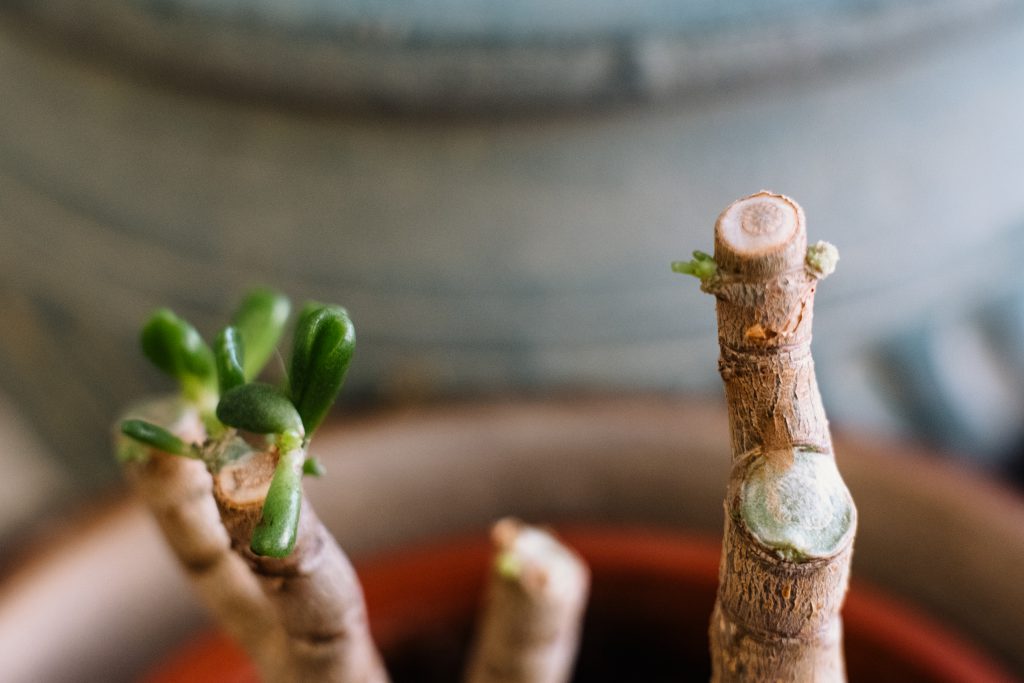A balanced diet consisting of a variety of insects, leafy greens, and occasional fruits is essential. Additionally, a spacious enclosure with adequate heating, UVB lighting, and a comfortable substrate is necessary for their well-being. In case you liked this post along with you want to get more information concerning vitalfrog.com i implore you to pay a visit to our own webpage. Providing proper care for a fully grown bearded dragon is crucial to maintaining its health and happiness.
These soft-bodied larvae are highly nutritious and can be used as an occasional treat. However, like mealworms, they should be fed sparingly due to their high-fat content. Waxworms: Waxworms are another popular choice for leopard geckos.
Dwarf bearded dragons (Pogona minor) are the smallest subspecies, with males measuring approximately 10 to 12 inches (25 to 30 cm) and females ranging from 8 to 10 inches (20 to 25 cm) in length. These size variations among subspecies should be considered when selecting a bearded dragon as a pet, as their care requirements may differ slightly.
Introduction:
Bearded dragons, scientifically known as Pogona, are popular reptile pets due to their docile nature and unique appearance. This report aims to provide detailed information about the measurements of bearded dragons, including their average size, growth rate, and variations among different subspecies. Understanding their size and measurements is crucial for proper care and creating suitable habitats.
Physiological Factors:
1. Scratching at the tank may indicate that they are attempting to remove loose skin or promote shedding. Shedding: Bearded dragons periodically shed their skin to accommodate growth. This behavior is more commonly observed during the shedding phase.
These insects provide essential nutrients, including protein and calcium. Crickets: Crickets are a staple food for leopard geckos and should be the primary insect in their diet. It is recommended to gut-load the crickets before feeding them to your gecko by feeding them nutritious foods like leafy greens or commercial gut-load products.
Conclusion:
Bearded dragons scratching at their tank can have various underlying causes, ranging from physiological factors like shedding and dry skin to environmental factors such as inadequate space or boredom. Regular observation, maintaining proper humidity levels, providing mental stimulation, and addressing any potential health issues are key steps in managing and preventing excessive scratching in bearded dragons. Understanding the potential reasons behind this behavior is essential for providing appropriate care and ensuring the well-being of these fascinating reptiles.
Scratching at the tank may be a display of dominance or territorial aggression, particularly when they see their reflection or notice other bearded dragons nearby. Owners should be cautious when introducing new reptiles to avoid unnecessary stress. Territorial Behavior: Bearded dragons are territorial animals, especially males.
Always provide fresh water and remove any uneaten food to maintain a clean and healthy environment. Remember, when introducing new foods to your leopard gecko, it is crucial to observe their behavior and ensure they are accepting and digesting the food properly.
This behavior is more likely to occur when they are not provided with enough environmental enrichment or when they feel confined. Escape Attempt:
Bearded dragons are known to be curious and adventurous. Glass scratching may indicate their desire to explore beyond the confines of their enclosure.
Further research is warranted to explore the specific triggers and potential solutions to minimize this behavior in captive bearded dragons. Conclusion:
In conclusion, this study sheds light on the behavior of bearded dragons scratching at the glass and provides insights into the possible motivations behind this behavior. By recognizing the reasons for glass scratching, reptile owners can take appropriate measures to ensure the well-being and mental stimulation of their bearded dragons.
Covering the sides or back of the tank with a background or providing visual barriers can reduce this behavior. Scratching at the tank may occur when they perceive their reflection as a potential threat or competitor. Reflections: Bearded dragons are known to react to their own reflections, mistaking them for other individuals.
 Introduction:
Introduction:
Bearded dragons (Pogona vitticeps) are popular reptile pets known for their unique appearance and interesting behaviors. This article aims to explore the potential reasons behind this behavior, considering both physiological and environmental factors. One such behavior that owners often observe is their tendency to scratch at the tank’s walls or substrate.
The stripes can be either dark or light in color, creating a visually appealing contrast against the gecko’s base color. Pinstripe: This morph features thin, vertical stripes running along the gecko’s body. Pinstripe gargoyle geckos often exhibit a combination of colors, making them a popular choice for reptile enthusiasts.
Their tail, which plays a vital role in balance and communication, also elongates, becoming more robust and impressive. This tail serves as a storehouse for fat reserves, ensuring the dragon’s survival during periods of food scarcity. As bearded dragons reach maturity, their bodies also undergo changes to accommodate their growing size. Their limbs become stronger and more muscular, allowing them to move with agility and grace.
